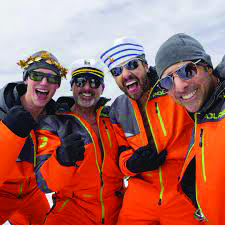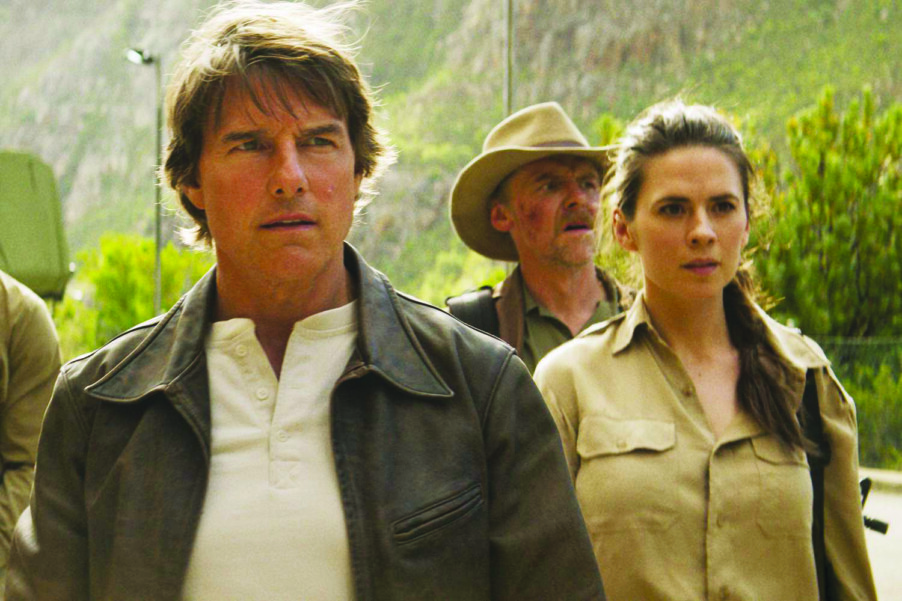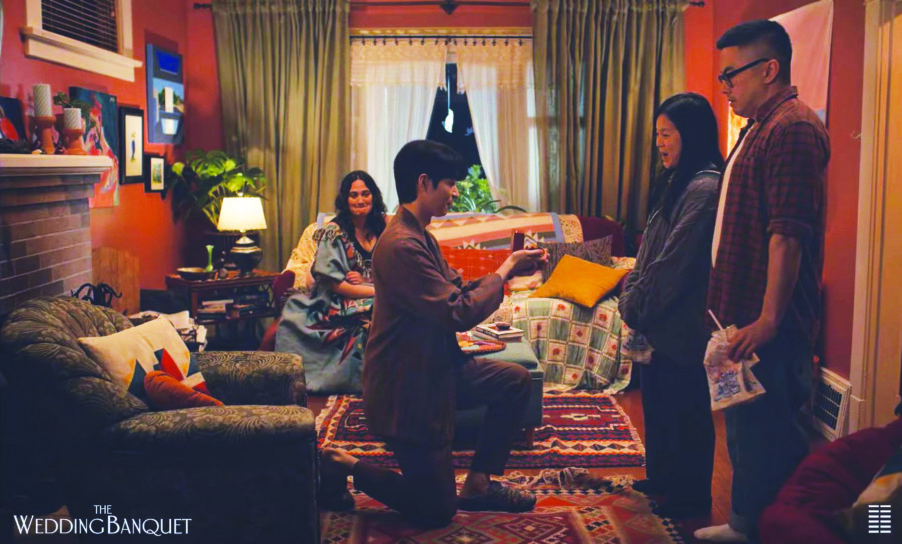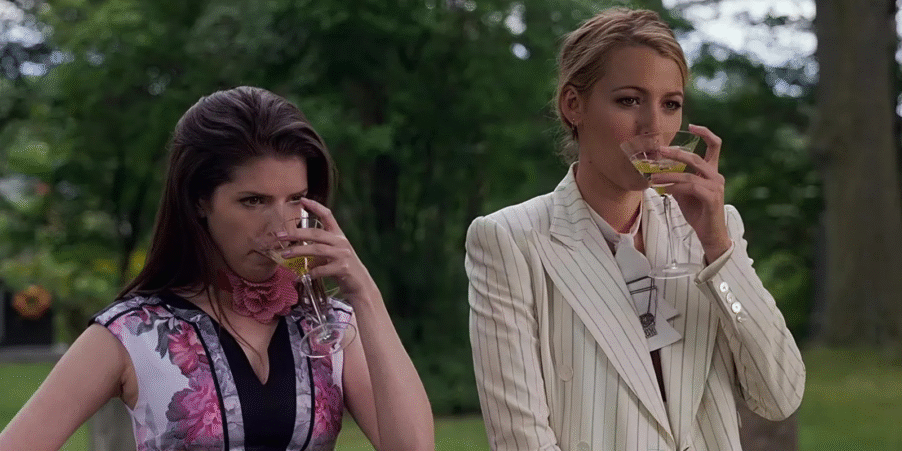Four of the absolute worst (and richest) men in America have a poker weekend at a mountaintop rich-dude compound in Mountainhead, a dark satire that maybe doesn’t know where to go with its joke.
Shortly before the weekend begins, Venis (Cory Michael Smith) and his social media company have released AI and associated Deep Fake-ish tools that are now fueling violence across the world. Jeff (Ramy Youssef) has crafted software that can maybe help tell the real from the fake and doesn’t particularly want to sell it to the untrustworthy, probably psychopathic Venis. Randall (Steve Carell) is, at least at the start of the weekend, the richest of the four men. He is dealing with a difficult health diagnosis and has become obsessed with post-physical-world eternal consciousness tech. And then there’s Jason Schwartzman’s character, referred to occasionally as Superman and sometimes Super — though we eventually learn the nickname is actually Souper, as in Soup Kitchen because, with his merely hundreds of millions instead of billions, he is the “poorest” of the group. Despite the gang’s “no deals” rules for the weekend, his goal is really just to raise money for his new meditation app.
Even at the Utah mountaintop retreat, the men soaking in the pool can occasionally hear gunfire from below and they watch clips of news feeds where, for example, they learn a mob has burned a group of people to death in a community center or that the mayor of Paris has been assassinated. But Venis is convinced it will all be fine, that the violent mobs are mostly doing it for the LOLs and eventually people will learn to be chill. Or maybe he’s just trying to convince himself of this, as his board breathes down his neck and the U.S. president is calling him. Or maybe, the men start to think, the best course of action would be to “coup out” the U.S. and divvy up control of the world between themselves.
With all their bro-y tech speak, their sky-high levels of self-delusion and obvious inability to, like, do things (three of the men attempt a gruesome task with two chickening out entirely and one half-heartedly participating), the four are easy pickings, comedy-wise. I feel like writer/director Jesse Armstrong (series creator of Succession) relished shredding these rich idiots and their specific brand of algorithm-and-venture-capital-based rich idiocy. I also feel like he didn’t entirely know where to go with these goobers in the limited time frame of a movie versus a TV show. The final third of the movie turns into a farcical thought exercise and then just sort of fizzles out. The writing and performances are sharp enough to basically make it work. B Streaming on Max or HBO Max or whatever we’re calling it today.
Deaf President Now! (TV-MA)
Focused on about two weeks of events in February and March 1988 at Gallaudet University in Washington, D.C., this documentary tells the story of the students who organized a massive protest after learning that a hearing woman was appointed president by the school’s board over two qualified deaf candidates for this university for deaf students. Fast-paced and well-edited, the movie features the student leaders, now middle-age Gen Xers, fondly looking back on their college selves and what they accomplished. The movie is a rousing tale of a group of people demanding visibility. A Streaming on Apple TV.
Fear Street: Prom Queen (R)
The R.L. Stine-inspired teen horror continues with this Shadyside-set 1980s slasher movie homage. Prom Queen feels more like a faithful recreation of a B-movie horror from the time of big hair than a satire. And other than “Sarah Fier lives!” bathroom graffiti and a mention of the 1978 Camp Nightwing massacre, this movie is more adjacent to the 2021 Netflix trilogy of Fear Street movies than a sequel. Here, we have an old-school red-raincoat- and mask-wearing murderer walking toward one prom queen candidate after another and axing them to death. After the first victim, a popular stoner girl, goes missing, the remaining potentials are part of a gang of popular mean girls led by Tiffany Falconer (Fina Strazza), who is sort of Heathering them into accepting her win as inevitable, and Lori Granger (India Fowler), an outcast because her mother was suspected of murdering her father around the time of their prom and who is looking to change her rep. Lori is supported by her buddy Megan (Suzanna Son), a horror-loving proto-goth girl who is fine with her fringe status. Though general creepiness sets in when the first prom queen candidate disappears, it isn’t until prom night that the disappearances really pick up.
And become more gory! Like, so, hilariously, severed-limbily gory in a nearly comic corn-syrup-fountain way. But the movie is so straightforward that even a boy with two hand-less wrists squirting stage blood as he tries to turn a door knob doesn’t register as particularly comic or horror-y. The movie doesn’t do satire or have a take so we’re just watching a straight-down-the-middle slasher where even the red herring potential killers aren’t given much attention. This is particularly strange as one of the side characters, the school’s stern vice principal, is Lili Taylor, which feels like it should be the movie doing a thing, Taylor being of the Yellowjackets-ish Gen-X indie girl all-grown-up variety. But Prom Queen, while perfectly adequate as a slasher, just isn’t doing enough to do anything more. C+ Streaming on Netflix.






